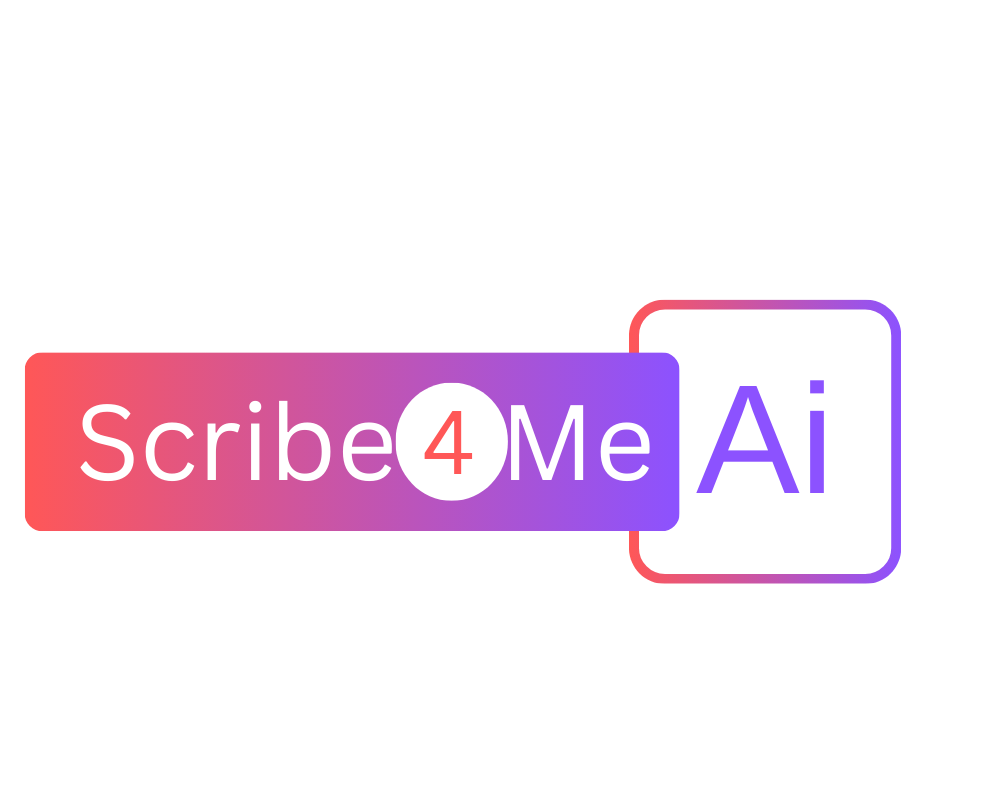

AI Scribes In Orthopedics Reduce Documentation Workload, Study Finds
The use of EHRs has brought about several unintended consequences, including increased documentation demands. Documenting each patient visit completely, accurately, and on time is essential, but it often adds to the clerical burden on physicians, leading to burnout. This issue is especially prevalent in specialties like orthopedics. A recent study presented at the 2023 American Academy of Orthopedic Surgeons (AAOS) Annual Meeting explored different documentation methods, including AI-powered scribes to assess their efficiency and the quality of capturing patient visits. The results were promising. With a quick review and minor edits (if needed), AI scribes in orthopedics can achieve 100% accuracy, making them a reliable tool for reducing documentation workload and improving efficiency.
Tackling Physician Burnout
The EHRs make it easier to access patient information, but the charting process significantly adds to physicians’ workloads. Dr. Michael Rivlin, an orthopedic surgeon at the Rothman Institute and associate professor at Thomas Jefferson University, explained that his practice formed a task force to address this issue. The goal was to find ways to optimize the physician’s role by focusing on tasks that require their highest level of expertise while minimizing the burdens that contribute to burnout. One key strategy was to outsource time-consuming and repetitive tasks like documentation.
Comparing Documentation Methods
The study looked at how different documentation methods worked in orthopedic hand surgery. Researchers evaluated the effectiveness of AI-based virtual scribes, human scribes, transcription services, and voice recognition mobile applications. They analyzed the quality and time required to document 10 standardized patient encounters.
Here’s a quick breakdown of the methods tested:
AI-based virtual scribe: An AI tool on a tablet that captures all spoken interactions during a visit.
Medical scribe: A human scribe (either physically present or virtual) who records patient encounters.
Transcription service: Audio recordings dictated by physicians are transcribed by a third-party service.
VRM application: A voice recognition tool that converts speech into text directly within the EHR system.
Testing In Real-World Scenarios
To ensure accuracy, the study included 118 clinical encounters, each containing an element of distraction. These distractions mimicked real-world scenarios, such as a parent interrupting a conversation or a patient sharing unrelated stories. Fellowship-trained orthopedic hand surgeons documented these encounters using the different modalities. Notes were then graded based on an eight-point scoring system and checked by an attorney for legal risks.
How AI Performed
The AI-based scribe produced quality notes that were as good as those done by human scribes and other methods. However, there were a few differences.
- AI struggled with accurately formulating treatment plans. Although it captured most verbal details, human intervention was at times needed to edit the plan section of the notes.
- AI completed tasks faster than transcription services and VRM tools, which took an average of 3.48 minutes and 3.22 minutes per note, respectively.
- AI required the physician to narrate the encounter fully for accurate results, but still needed some quick review and edit to ensure 100% accuracy.
Advantages and Limitations of AI Scribes
Dr. Rivlin highlighted the potential of AI-based scribe services in reducing documentation workload. He said that AI scribe can help decrease the burden without significantly compromising the quality of notes compared to other options. However, the technology isn’t perfect. Physicians still need to review and edit certain elements, to ensure 100% accuracy. Despite these limitations, the study suggests that an AI scribe in orthopedics is a useful tool for streamlining documentation. As the technology keeps improving, its ability to capture complex nuances during patient visits is expected to get even better.
Final Thoughts
For physicians looking for new ways to handle documentation, this study offers valuable insight. Each method—AI scribes, human scribes, transcription services, and VRM tools—has its strengths and weaknesses. Physicians can choose what works best for them based on their needs, workflows, and preferences. AI-based virtual scribes are a promising solution to ease the documentation burden in orthopedic practices. While they aren’t flawless, their ability to save time and reduce stress makes them an attractive choice. As technology continues to improve, AI scribes in orthopedics are likely to play an even bigger role in helping physicians focus on what matters most—delivering exceptional patient care.
Tired of the never-ending documentation? Scribe4Me AI is the perfect solution for orthopedic practices looking to save time and reduce stress. Our AI scribes are built to accurately and efficiently capture patient conversations and automatically generate notes directly into your EHRs.
Why Scribe4Me AI?
Scribe4Me.AI’s AI-powered scribes are designed to make your work easier and more efficient. Here’s how
Faster and Efficient: Our AI scribes get the job done quicker than traditional methods, giving you back precious time.
Accurate Notes: Our scribe uses advanced NLP to generate highly accurate notes. A quick review is all it takes to ensure your notes are 100% accurate.
Prevents Burnout: By handling the repetitive, time-consuming documentation tasks, our AI scribes help you avoid burnout and keep your focus on patient care.
Sounds promising? Get started with a free trial today to explore its full benefits!


